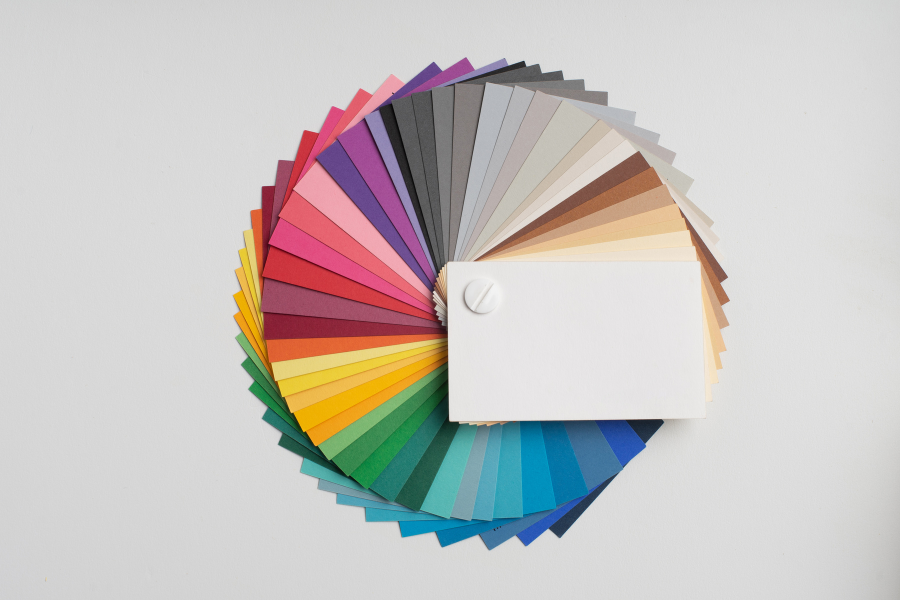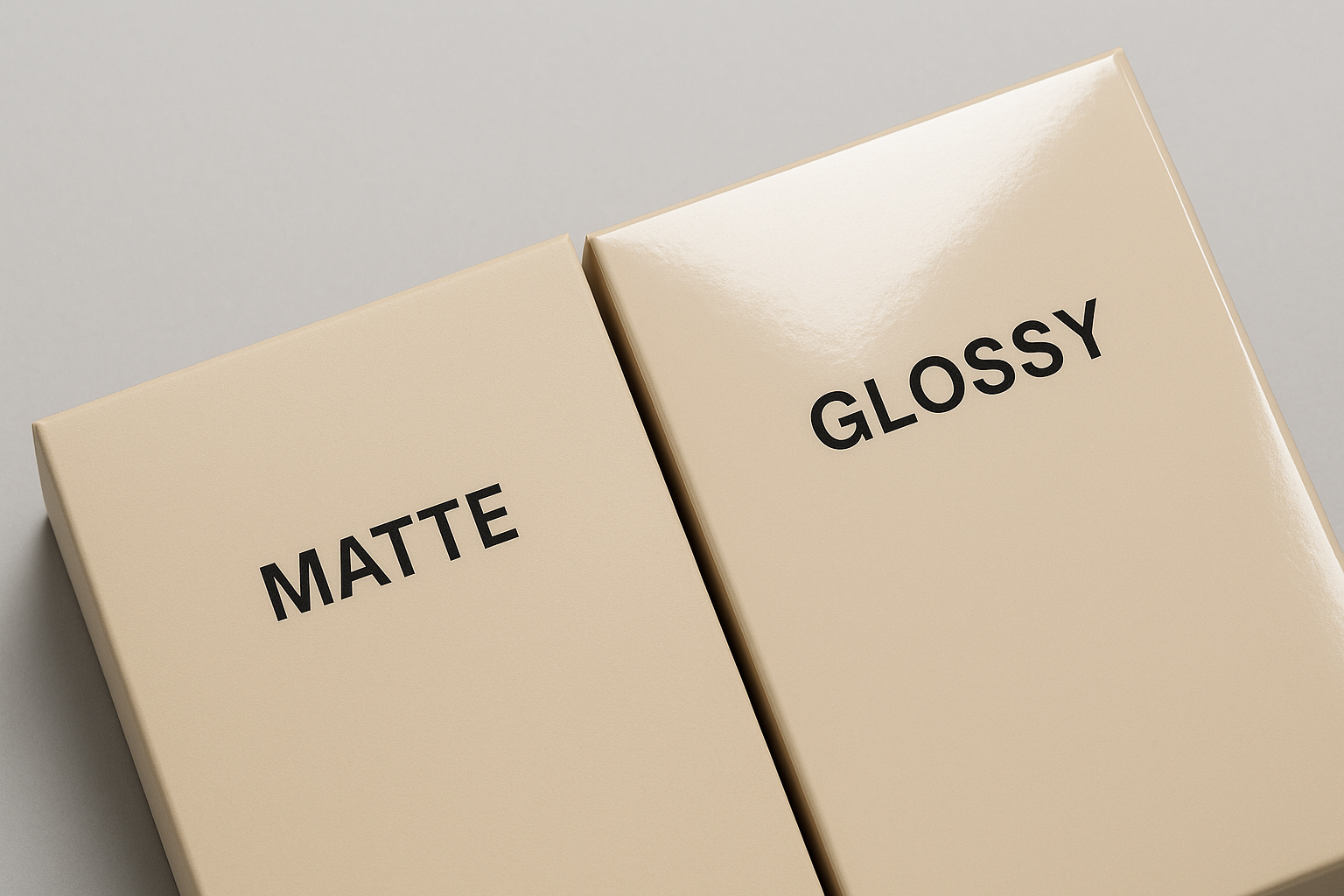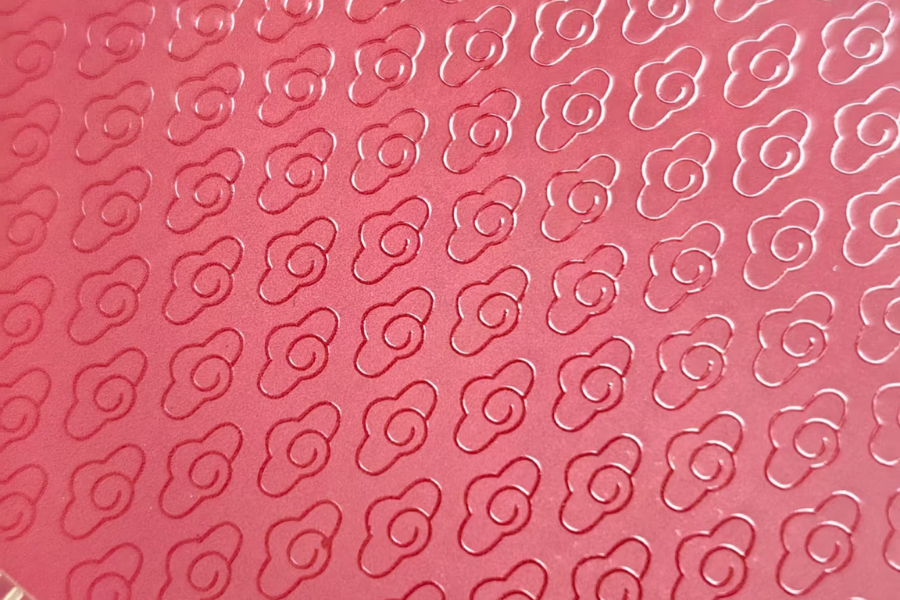Let’s be real: custom playing card games are fun, but manufacturing them shouldn’t feel like a gamble. Whether you’re a game startup, a distributor with eco-conscious clients, or a sourcing manager watching margins like a hawk, this guide will help you produce card games at low cost — all without cutting corners or killing the planet.
Let’s shuffle the deck and deal you some cheap factory-level wisdom with a side of sustainability.
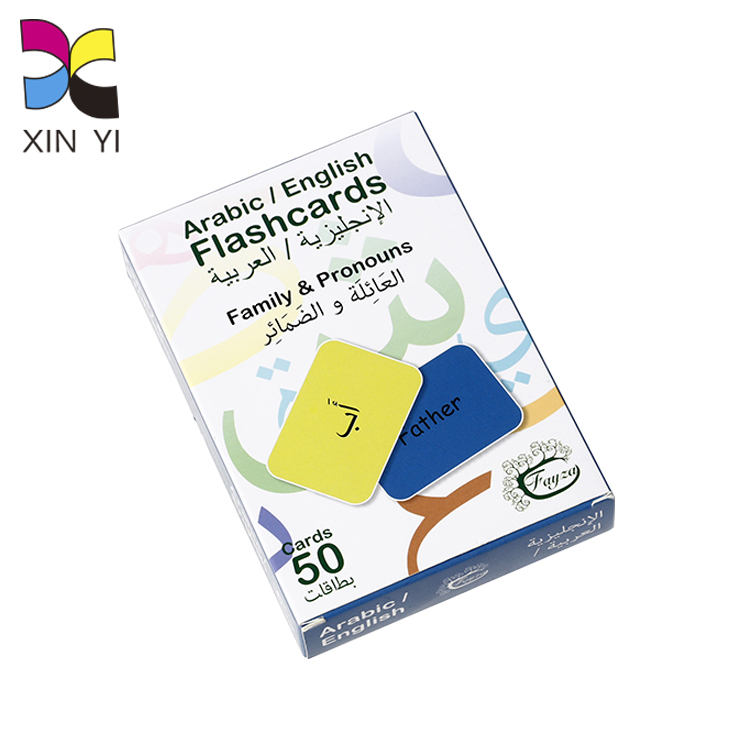
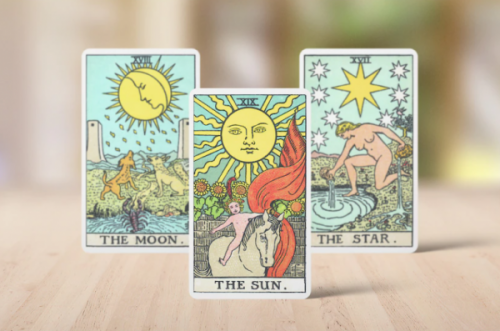
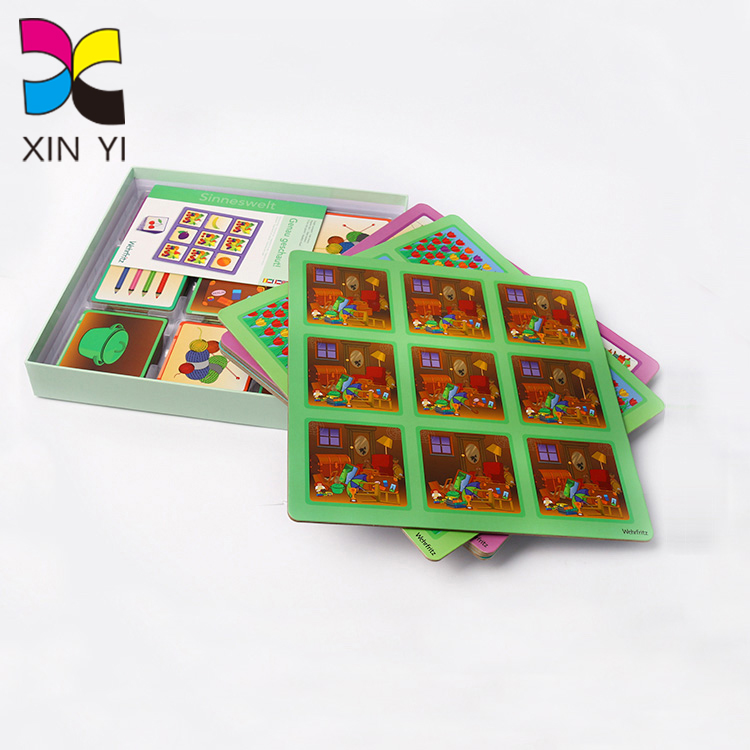
Step 1: Find a Manufacturer Who Gets You (and Your ESG Goals)
You want a cheap factory, sure. But one that also cares about the environment? Jackpot.
We use FSC-certified eco-friendly paper and print using soy-based inks — a greener alternative to petroleum-based printing. It’s a win-win: better for the Earth, better for your brand image.
Whether you’re looking for OEM playing cards or a fully branded solution, make sure your manufacturer speaks both B2B and CSR.
Step 2: Keep It Simple, Keep It Green
Every unnecessary material is another tree or chemical — and another dollar. So keep your design sharp but minimal.
Sustainable + affordable tips:
Stick with standard card sizes to reduce waste and tooling costs.
Choose uncoated or matte eco-friendly finishes — they look great and feel good (literally).
Avoid foil stamping or plastic coatings if you’re serious about staying eco-conscious.
Bonus: Soy ink doesn’t just save the planet — it produces brighter, sharper colors on paper. Who says going green means going dull?
Step 3: Bulk Orders = Lower Cost And Less Carbon
The math is simple: the more you print, the lower your unit price — and the fewer carbon emissions per unit.
| Quantity | Price per deck (est.) | Green Note |
|---|---|---|
| 100 | $5–6 USD | Good start |
| 500 | $2.5–3.5 USD | Better |
| 1000+ | $1.5–2.5 USD | Best deal & eco impact |
Fewer small shipments = fewer trucks and planes = lower carbon footprint.
See? Your bulk order just became a green initiative.
Step 4: Tuck Boxes: Cheap, Cheerful, and Compostable
Packaging can be a budget black hole — or your secret weapon. We use recyclable kraft board tuck boxes, which are:
Lightweight (good for shipping)
Printable with soy ink (good for branding)
100% recyclable (good for Earth)
And let’s be honest: your customers are going to throw the box out anyway — might as well make it guilt-free.
Step 5: Talk Like a Pro (And Save Like One)
When sourcing, drop these into the conversation and watch the supplier’s eyes light up:
“Is your paper FSC-certified?”
“Can you quote for soy-based ink printing?”
“We’re targeting eco-conscious retailers — what sustainable options do you have?”
Also: Don’t forget to ask about MOQ, lead time, shipping incoterms (CIF/DDP), and most importantly, sample decks with your specs.
Final Thoughts: Be Smart, Be Green, Be Ready to Scale
The world wants greener products — and we’re here to help you deliver them without blowing your budget. With eco-friendly materials, cheap factory pricing, and custom branding, your next card game can be both cost-effective and conscience-clearing.
🎯 Ready to create an eco-conscious, wallet-friendly deck?
Let’s deal you in. Whether you’re looking for a few prototypes or 10,000 decks, we’ll help you print smart, ship smarter, and brand with a green heart.


